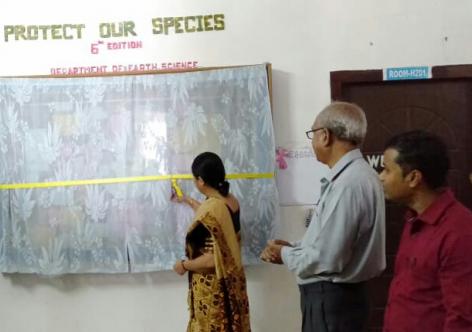The long shadow of the Citizenship Amendment Act failed to dampen the Yuletide spirit in Christian-dominated Nagaland. Christians, irrespective of denominations, celebrated the festival across the state with religious fervour and held special mass and feast.
After the midnight mass which was preceded by singing of carols, believers attired in new colorful dresses were seen attending special prayer services in various churches across the Christian majority state. This was followed by mass feasts as in other years. K Elu Ndang, general secretary of Naga Hoho, the apex body of tribal organizations in the state, said We condemn the enactment of the Citizenship Amendment Bill which is posing a grave danger to the indigenous people of the region.
We feel insecure with enactment of the CAA but it has nothing to do with Christmas,” he said. Christmas is a relationship between Christ and believers. Therefore the passing of the CAA despite rigorous protests did not create much difference in the celebration in Nagaland, Ndang said.
Joshua Newmai, a member of the Nagaland chapter of North East Indigenous Peoples Forum said the people are against the CAA. “But it is a festival break and protests against CAA will resume after Christmas and New Year celebrations”. Protests against the CAA had rocked Nagaland on December 14 and a six-hour shutdown was called by Naga Students Federation.

-PTI





